The arrival of Jesus Christ, the child of prophecy, is a central tenet of Christianity. It was a moment that changed the course of history. But this momentous event wasn’t entirely unexpected. Throughout the Old Testament, prophecies foretold the coming of the Messiah, the promised anointed one of God. These prophecies, spanning centuries, paint a remarkable picture of who Jesus would be and the significance of his birth.
A Sign from the Lord: The Virgin Birth
One of the most well-known prophecies concerning Jesus appears in the Book of Isaiah:
“Therefore the Lord himself shall give you a sign; Behold, a virgin shall conceive, and bear a son, and shall call his name Immanuel.” (Isaiah 7:14) Â
This prophecy, delivered to King Ahaz of Judah around 735 BC, speaks of a miraculous birth – a virgin conceiving and giving birth to a son. This seemingly impossible event was a sign from God, a declaration of His divine intervention in the world. The child’s name, Immanuel, translates to “God with us,” highlighting this birth’s unique nature – the incarnate arrival of God. Centuries later, the Gospel of Matthew (1:22-23) recounts the fulfillment of this prophecy with the angel Gabriel’s announcement to Mary:
“But all this was done, that it might be fulfilled which was spoken of the Lord by the prophet, saying, Behold, a virgin shall be with child, and shall bring forth a son, and they shall call his name Immanuel, which being interpreted is, God with us.” (Matthew 1:22-23) Â
The child of prophecy, Jesus, wouldn’t be simply a human king but the embodiment of God himself, bridging the gap between humanity and the divine.
The Descendant of David: A King from Bethlehem
Another key prophecy concerning the Messiah identifies His birthplace. Micah, writing around 700 BC, prophesied:
“But thou, Bethlehem Ephratah, though thou be but little among the thousands of Judah, yet out of thee shall he come forth unto me that is to be ruler in Israel, whose goings forth have been from of old, from everlasting.” (Micah 5:2) Â
This prophecy pinpoints Bethlehem, a seemingly insignificant town, as the birthplace of the coming ruler. The Gospel of Luke (2:4-7) confirms this prophecy, describing Joseph and Mary’s journey to Bethlehem for the census and the subsequent birth of Jesus in a manger:
“And Joseph also went up from Galilee, out of the city of Nazareth, into Judea, to the city of David, which is called Bethlehem; (Because he was of the house and lineage of David:) To be taxed with Mary his espoused wife, being great with child. And so it came to pass, while they were there, the days were accomplished that she should be delivered. And she brought forth her firstborn son, and wrapped him in swaddling clothes, and laid him in a manger, because there was no room for them in the inn.” (Luke 2:4-7) Â
The child of prophecy, Jesus, wouldn’t just be a divine being; he would also be a descendant of King David, fulfilling the promises made to the Davidic line and establishing his rightful lineage as the long-awaited king.
A Light to the Nations: Hope for the World
The prophecies surrounding Jesus’ birth extend beyond his lineage and birthplace. Isaiah paints a picture of the impact this child would have on the world:
“The people that walked in darkness have seen a great light: they that dwell in the land of the shadow of death, upon them hath the light shined.” (Isaiah 9:2) Â
This prophecy speaks of a light penetrating darkness, a beacon of hope for a world shrouded in sin and despair. The Gospel of John (1:4-9) echoes this theme, describing Jesus as the “light of men”:
“In him was life; and the life was the light of men. And the light shineth in darkness; and the darkness comprehended it not. The true Light, which lighteth every man that cometh into the world, was coming into the world.” (John 1:4-9) Â
Jesus, the child of prophecy, wasn’t sent solely for the Jewish people. He came as the light for all nations, offering hope, redemption, and salvation to a world in desperate need of reconciliation with God.
Significance of the Child of Prophecy: Piercing the Darkness
The birth of Jesus Christ wasn’t just a historical event; it marked the fulfillment of God’s redemptive plan for humanity. Throughout the Old Testament, humanity’s sin and separation from God are portrayed. The child of prophecy was born to bridge this gap, to offer salvation and hope. Jesus’ life, teachings, and ultimate sacrifice on the cross serve as the ultimate act of love and redemption, fulfilling the promise of the Messiah who would bring light into the darkness:
“For God so loved the world, that he gave his only begotten Son, that whosoever believeth in him should not perish, but have everlasting life.” (John 3:16)
The prophecies surrounding the birth of Jesus Christ are not merely historical curiosities; they paint a picture of a meticulously planned and purposeful arrival. The “child of prophecy” was born of a virgin, descended from a specific lineage, and born in a humble setting. Each prophecy serves a distinct purpose, culminating in the arrival of Jesus Christ, the one who would offer salvation and restore the broken relationship between God and humanity.
But Jesus’ story doesn’t end with His earthly ministry and ascension. It extends to a future hope, the promised second coming when He will return in glory to judge the world and establish His kingdom, fulfilling the ultimate promise of salvation and ushering in a new era of peace and righteousness.
Learn More About the Child of Prophecy
Explore biblical truths about the prophecies concerning the birth of our Lord Jesus Christ. Discover fascinating insights about Jesus’ genealogy and the significance of His name by viewing these sermons:
The Highway of the Seed
The Highway of the Seed, Part 2
Â
Main image source: LumoProject.com


